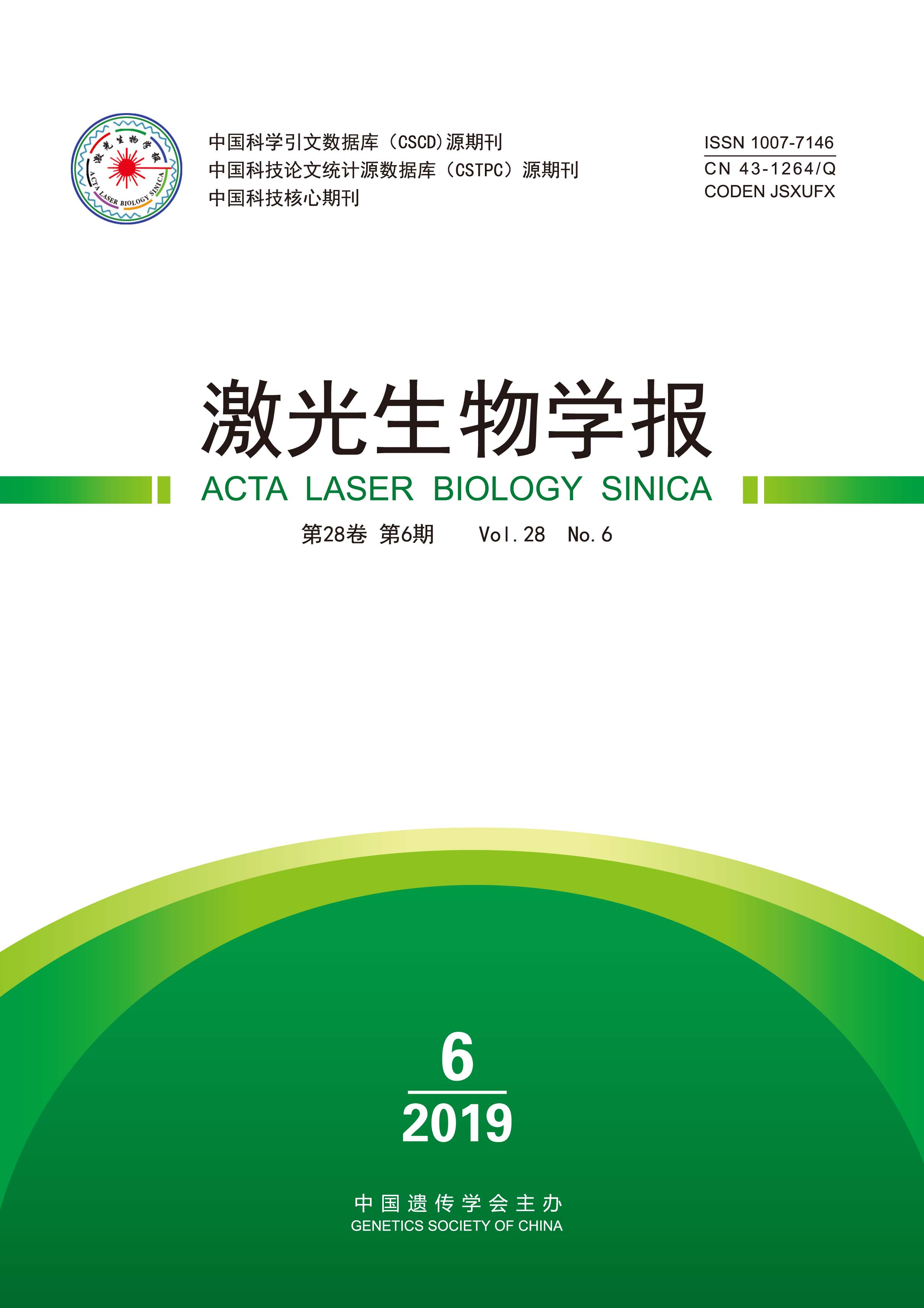2019, 28(6): 543-547.
The H1N1 influenza virus is a common pathogenic virus. Epidemiological analyses have shown that influenza viruses are associated with neonatal phenotypic defects, however the specific mechanisms are still unclear. In order to verify the effect of H1N1 influenza virus on embryonic development, an animal model of intrauterine infection of influenza virus was constructed by infecting pregnant mouse with influenza virus, and the embryos were developed to E14.5 days, E15.5 days, E16.5 days, respectively. The body length of each embryo were measured on E17.5 days, E18.5 days, and one day after birth. The blood vessels and organs of the embryo body were observed under a stereoscopic microscope to analyze the development of the embryo’s appearance, and then Alxin BlueAlizarin red staining was used to observe the development of embryonic bones at various developmental stages. The results showed that the body length of the mouse embryos in the transfecting group was significantly shortor than that in the control group, especially at the 17.5th and 18.5th days of development. The differences in the development of external organs can be reflected in the late anatomy of the eyes, ears and other organs, and the abnormal curling of the tail is more serious. The skeletal development was slower than the control group, but there were no serious abnormal phenotypes such as long legs or bone loss. In this research, an animal model of intrauterine infection of influenza virus was constructed for the first time, and the effect of H1N1 influenza virus on mouse embryo phenotype development was explored.
